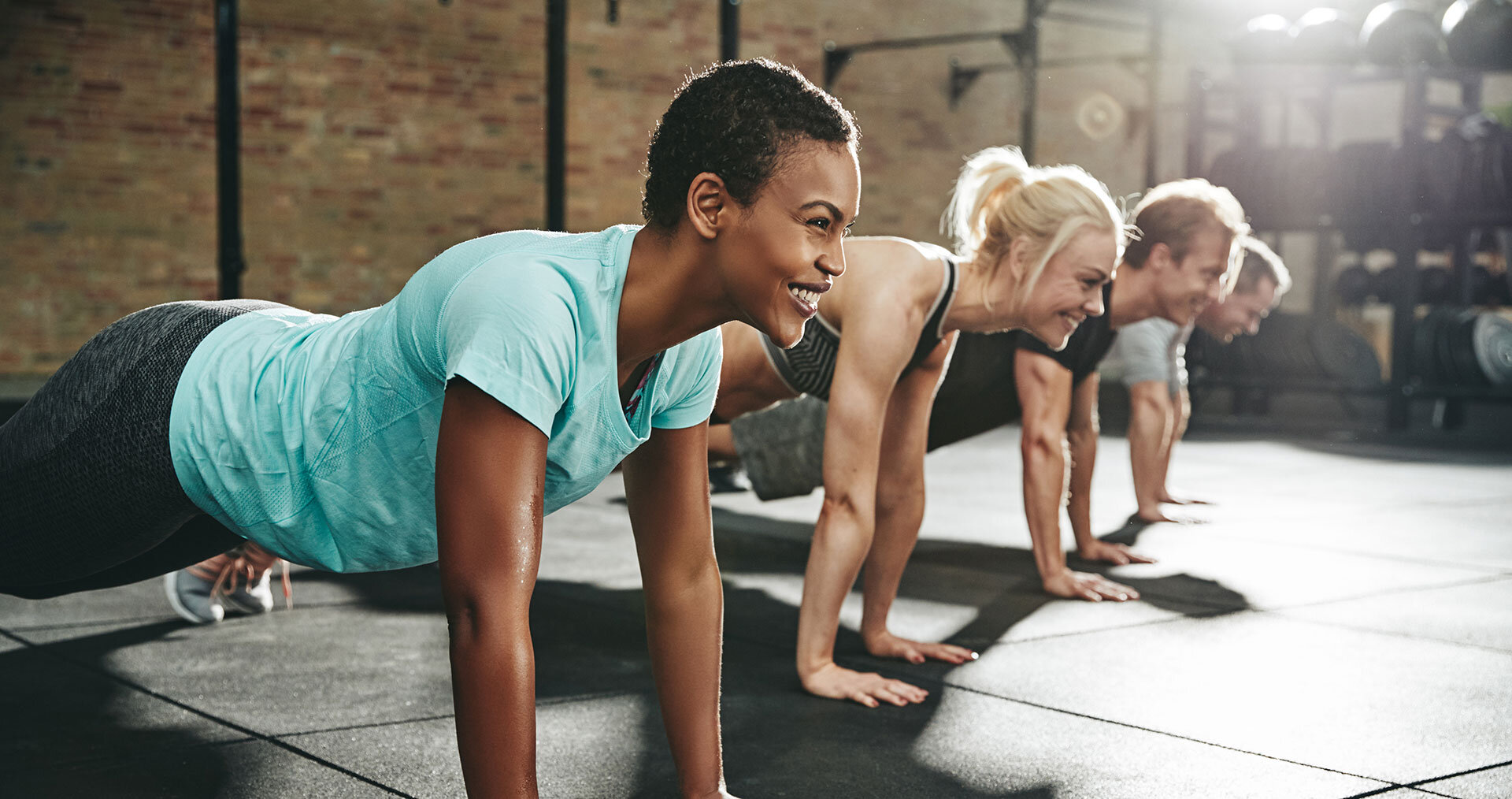BODY COMPOSITION OVERVIEW
If you are interested about knowing more about your fitness and health, you may want to know more than just the number on the scale. An imaging exam of your body composition can provide a full picture of your overall fitness heath. To see the amount of fat, lean muscle and bone in your body is the most accurate way to know for sure if you are on track toward your goals. *For this exam, the minimum age is 20 years old, patients under twenty must have a doctor's order prior to exam.
A body composition exam is performed with dual-energy X-ray absorptiometry (DXA). The imaging technology uses small amounts of X-ray to capture a total image of the body. With pinpoint clinical accuracy, this technique measures the distribution of fat, lean muscle and bone throughout the body.
A body composition test allows you to:
Measure total body fat percentage
Set and track goals for fitness and weight-loss
Monitor effectiveness of fitness training
Evaluate bone density (assess risk for osteoporosis)
Why should I get a body composition test?
We all know that lean muscle is good and excess fat is bad. But neither is measured accurately by weight or body mass index (BMI). This exam looks beyond the scale to provide the most precise and accurate measurement of fat, lean muscle and bone throughout your body. You will also learn how and where in your body the tissue is distributed-along with the factors that impact that. This unique, individualized data makes it possible to tailor your nutrition and exercise program to the specific needs of your body, which means you are in better control of your end result.
Good Fat or Bad Fat?
There are two types of fat in your body:
Essential fats, which are needed for the normal function of the body
Non-essential fats, which are stored in your body’s fat cells for extra energy.
Your healthy range of total body fat percentage depends on several factors, including age, gender, diet and exercise level.
What should I expect?
During the exam, you will lie on your back fully-clothed on the table. In the span of about 10 minutes, a DXA scanner will move over your body to take the X-ray. A computer software application calculates the imaging results to generate a customized assessment of the body fat, fat mass and lean muscle mass for various regions: including arms, legs, trunk, and total body. Your bone mineral density (BMD) may also be analyzed for additional information about your bone health and risk for such diseases as osteoporosis. DXA body composition exams are fast, simple and painless.

